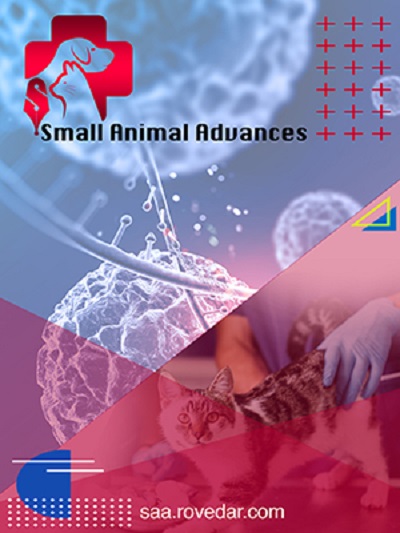Why Do Antibiotics Fail? A Veterinary Perspective
Main Article Content
Abstract
In both human and veterinary medicine, the failure of apparently appropriate antimicrobial therapy is a common and often exasperating clinical problem. Many factors are associated with the failure of antibiotic therapy, including an incorrect diagnosis of infectious disease, selection of the inappropriate antibiotic, and incorrect dosage. To achieve the best results, bacteriological diagnostics in the laboratory should be made. Even though the in vitro antimicrobial susceptibility testing guides the potentially suitable antimicrobials, the in vitro susceptibility obtained is not always the best in vivo. The clinician should be aware of other factors, including biofilm-forming bacteria, physicochemical conditions at the site of infection (such as perfusion rate, oxygen partial pressure, and pH value), or immunosuppression of the patient that can lead to treatment failure. This review summarized the main factors associated with antibiotic failure in a veterinarian practice. In a world where animal and human resistance to an antibiotic is rising every year, rational and efficient use of antibiotic therapy is of utmost importance. It is essential to continue with the education of veterinary practitioners in all aspects of antimicrobial resistance and treatment to improve future treatments and have a more rational use of antibiotics to reduce antibiotic resistance in animals and humans.
Article Details

This work is licensed under a Creative Commons Attribution 4.0 International License.
Funding data
-
Fundação para a Ciência e a Tecnologia
Grant numbers 04033
References
Guardabassi L, Prescott JF. Antimicrobial Stewardship in Small Animal Veterinary Practice: From Theory to Practice. Veterinary Clinics of North America: Small Animal Practice. 2015 Mar 1;45(2):361–76. Available at: https://pubmed.ncbi.nlm.nih.gov/25721619/
Richter A, Feßler AT, Böttner A, Köper LM, Wallmann J, Schwarz S. Reasons for antimicrobial treatment failures and predictive value of in-vitro susceptibility testing in veterinary practice: An overview. Veterinary Microbiology. 2020 Jun;245:108694. Available at: https://pubmed.ncbi.nlm.nih.gov/32456814/
Weese JS, Giguère S, Guardabassi L, Morley PS, Papich M, Ricciuto DR, et al. ACVIM Consensus Statement on Therapeutic Antimicrobial Use in Animals and Antimicrobial Resistance. J Vet Intern Med. 2015;
(2):487–98. Available at: https://pubmed.ncbi.nlm.nih.gov/25783842/
Bassetti M, Montero JG, Paiva JA. When antibiotic treatment fails. Intensive Care Med. 2018 Jan;44(1):73–5. Available at: https://pubmed.ncbi.nlm.nih.gov/29032500/
Schlossberg D. Clinical Approach to Antibiotic Failure. Medical Clinics of North America. 2006 Nov;90(6):1265–77. Available at: https://pubmed.ncbi.nlm.nih.gov/17116447/
Cunha BA, Ortega AM. Antibiotic failure. Medical Clinics of North America. 1995;79(3):663–72. Available at: https://europepmc.org/ article/med/7752734
Garrod LP. Causes of Failure in Antibiotic Treatment. BRITISH MEDICAL JOURNAL. 1972;4. Available at: https://www.jstor.org/stable/25423695
Gimza BD, Cassat JE. Mechanisms of Antibiotic Failure During Staphylococcus aureus Osteomyelitis. Front Immunol. 2021 Feb 12;12:638085. Available at: https://www.frontiersin.org/articles/ 10.3389/fimmu.2021.638085/full
Thompson RL, Wright AJ. General Principles of Antimicrobial Therapy. Mayo Clinic Proceedings. 1998 Oct;73(10):995–1006. Available at: https://pubmed.ncbi.nlm.nih.gov/9787752/
Morley PS, Apley MD, Besser TE, Burney DP, Fedorka-Cray PJ, Papich MG, et al. Antimicrobial drug use in veterinary medicine. J Vet Intern Med. 2005 Aug;19(4):617–29. Available at: https://pubmed.ncbi.
nlm.nih.gov/16095186/


